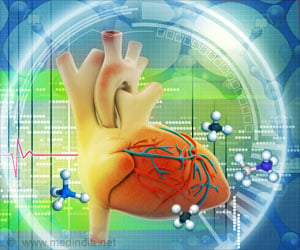
‘The cells in the pylorus region ( an area that joins the stomach to the small intestine) are reprogrammed to act like beta cells and produce insulin to maintain normal glucose levels.’
Tweet it Now
Scientists from Harvard University discovered that tissue from the lower stomach has the greatest potential to be reprogrammed into a beta cell. The samples of the tissue taken from mice were grown into mini-organs that produced insulin when transplanted into the animals. The mini-organs’ stem cells replenished the insulin-producing cell population, giving the tissue a sustainable, regenerative boost."We discovered, surprisingly, that some of the cells in the pylorus region of the stomach are most amenable to conversion to beta cells. This tissue appears to be the best starting material," said Qiao Zhou, of the Harvard University.
The pylorus region connects the stomach to the small intestine. When reprogrammed, cells in this area were the most responsive to high glucose levels, producing insulin to normalize the mouse's blood sugar. The researchers destroyed the mice’s pancreatic beta cells to test the cell’s effectiveness.
The mice’s in the control group, without tissue reprogramming, died within eight weeks. However, the mice’s in the experimental group with reprogrammed cells maintained insulin and blood glucose levels.
The pyloric stomach naturally renews the gut tissue on a regular basis. When the cells of the reprogrammed cells were experimentally destroyed, the regions’ stem cell refreshed the insulin-producing cell population.
Advertisement
The stomach tissue of the mice was engineered to express the beta-cell reprogramming factors. The researchers coaxed the cells to grow into a tiny ball of mini-stomach that would both produce insulin and renew itself with stem cells. The researchers transplanted the mini-organs in the mouse’s abdominal cavity.
Advertisement
"What is potentially really great about this approach is that one can biopsy from a person, grow the cells in vitro and reprogram them to beta cells, and then transplant them to create a patient-specific therapy," said Zhou.
The study was published in the journal Cell Stem Cell.
Source-Medindia















